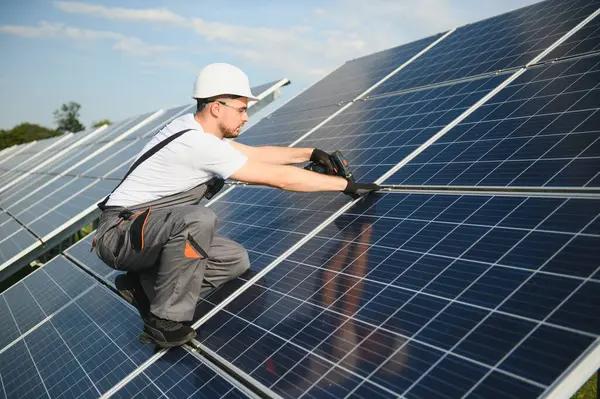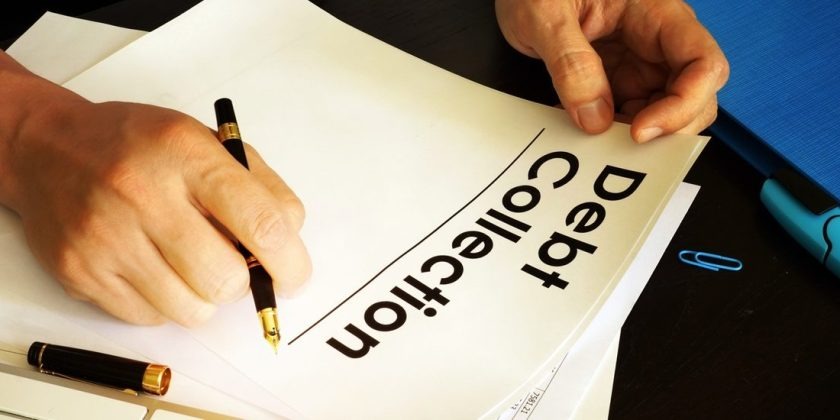Have you ever marveled at how a simple piece of paper can defy gravity and soar through the air? The thrill of launching a perfectly crafted paper airplane is unmatched. Whether you’re reliving your childhood or trying to impress friends, mastering the art of the paper airplane is both fun and educational. But what makes one design fly faster than another? Is it all about the folds, or does something more scientific come into play? Dive into the fascinating world of aerodynamics, materials, and folding techniques that will help you create a paper airplane that zips like a jet! Get ready to unleash your inner engineer as we explore everything you need to know for creating an aerodynamic masterpiece.
The role of aerodynamics in creating a fast flying paper airplane
Aerodynamics is the secret sauce behind a fast-flying paper airplane. It’s all about how air flows around your creation. you throw 纸飞机 it experiences lift and drag two crucial forces that determine its flight path.
Lift is what keeps your airplane in the air. A well-designed wing shape can maximize this force, allowing for greater altitude and distance. On the other hand, drag slows down your plane as it moves through the air. Minimizing drag is essential for speed.
The angle of launch also plays an integral role in aerodynamics. A slight upward tilt can enhance lift but too steep an angle may create unnecessary drag, causing a nosedive instead of soaring high.
Understanding these principles empowers you to refine your design and achieve impressive flights with just a few folds and tweaks!
Choosing the right materials for your paper airplane
When it comes to crafting the ultimate paper airplane, selecting the right materials is crucial. Standard printer paper works well for beginners due to its perfect balance of weight and stiffness. It’s easily accessible and provides a reliable base for your designs.
For those looking to elevate their flying experience, consider using lightweight cardstock or specialty papers. These can enhance durability while allowing for sharper folds. The added rigidity often results in better aerodynamics.
Don’t forget about size! Larger sheets can produce bigger planes that soar longer distances, but they may sacrifice speed. Smaller sheets offer quick agility but might not stay aloft as long finding the right balance is key in your quest for the fastest flyer around!
Step-by-step guide on how to fold a fast flying paper airplane
Start with a standard sheet of paper, preferably A4 or Letter size. Lay it flat on your workspace.
Fold the paper in half lengthwise to create a crease, then unfold it. This crease will be your guide for the next steps.
Take the top two corners and fold them down towards the center crease, forming a triangle shape at the top.
Flip your airplane over and fold each wing down by aligning them with the bottom tip of your plane. Make sure both wings are even for balanced flight!
Tips and tricks for improving the speed and distance of your paper airplane
To enhance the speed and distance of your paper airplane, consider a few key strategies. First, focus on achieving a sharp fold. Crisp edges create a cleaner aerodynamic profile, reducing drag as your plane cuts through the air.
Experiment with different wing shapes. Wider wings provide more lift but can slow down the plane. Conversely, narrower wings allow for faster flight by minimizing resistance. Finding the right balance is essential; try adjusting wing size during test flights to see what works best.





